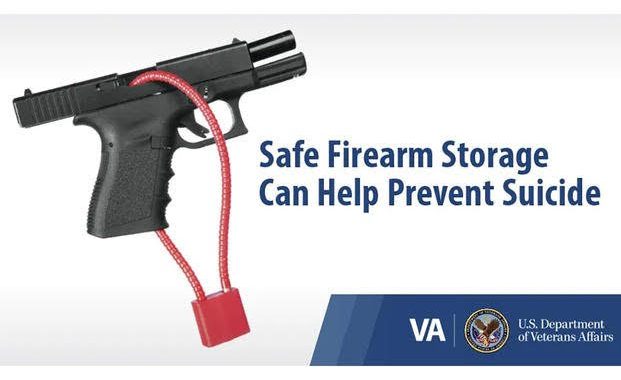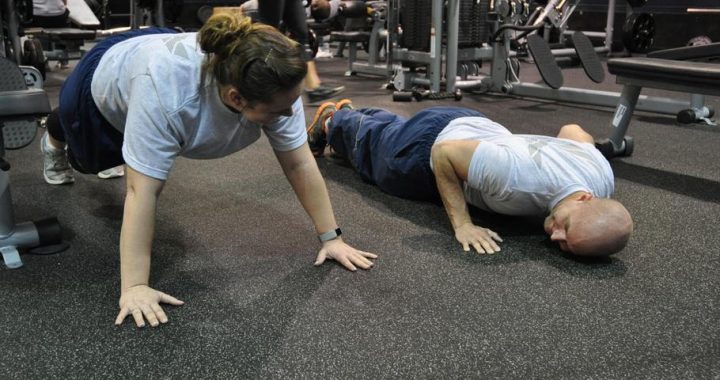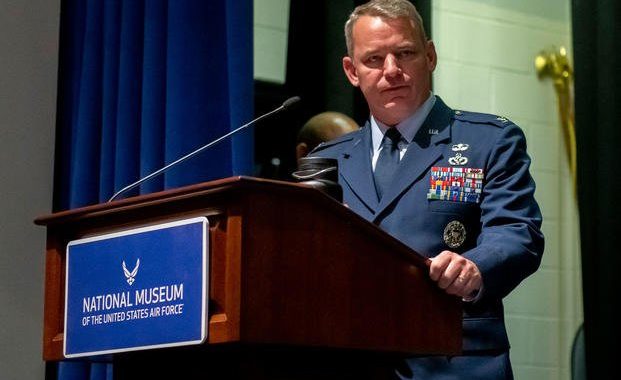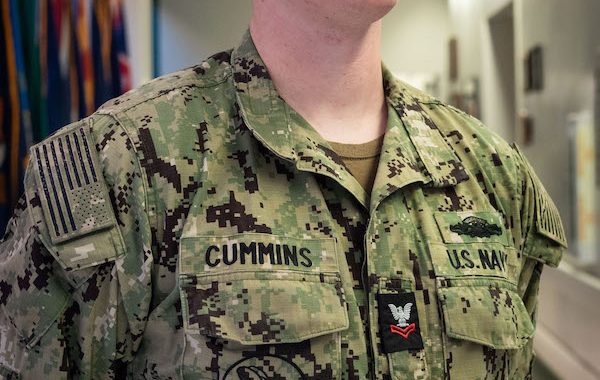Columbia Protocol Creator Addresses Suicide Prevention
2 min read
SAN DIEGO , CA, UNITED STATES
Story by Petty Officer 1st Class Woody-Paschall
Commander, Naval Surface Force, U.S. Pacific
Dr. Kelly Posner, creator of the Columbia Suicide Severity Rating Scale, spoke with Expeditionary Strike Group 3 commanding officers, executive officers, and command master chiefs, as well as Navy healthcare providers and spiritual advisors at Naval Base San Diego, Sept. 26.
Dr. Kelly Posner has advised the White House, airline pilots, and flight attendants, as well as major league baseball players and staffs about the impact of suicide and the advantages of using the rating scale.
The six-question list generates severity levels ranging from low risk to serious risk and prescribes treatment ranging from a routine behavioral health referral to immediate evaluation at a medical treatment facility or emergency department.
“This is a problem of our shared humanity,” said Posner. “It’s not a problem of the Navy or the VA or anybody else, it’s everybody’s problem, but suicide is actually preventable,” said Posner. “It’s the tragic paradox that it takes more firemen than fire, more policemen than crime, and more soldiers than combat.”
Capt. Tara Smith, the Commander, Naval Surface Force, U.S. Pacific Fleet, force mental health advisor, brought Posner to San Diego to help enable more Sailors and family members to identify people who may be at risk and to help them receive the appropriate level treatment they need.
“Recognizing Sailors at-risk and getting them the resources they need early on directly contributes to our combat-readiness and battle-minded crews,” said Smith. “As Sailors continue to face barriers in going to a mental health provider, this tool enables everyone Sailors interact with to Ask, Care, and Treat.
Navy doctors, chaplains, corpsmen, and religious programs specialists incorporate the severity rating scale to achieve two goals: to identify at-risk sailors, Marines, and family members who would otherwise not receive the help they need, and to better allocate treatment resources.
The program can offer more engagement with Sailors who might display warning signs, and ensure the person receives the appropriate level of intervention.
“If we aren’t asking everybody, we aren’t going to be able to find the people who are suffering in silence,” said Posner. “We have to go well beyond the doctor’s office. It’s the number one cause of death in construction workers, so I hope soon enough when construction workers have their safety checks in the morning it will not only include the hard hat, it will include these question. You have to go find people where they are.”








